A beautifully clean patio can be the crown jewel of any home, offering a delightful space for relaxation and socialising. However, the damp British climate often encourages the growth of algae and moss, which can turn your pristine patio into a slippery, green mess. In this guide, we’ll walk you through removing algae and moss from your patio, ensuring it remains a welcoming spot for you and your guests. Plus, we’ll recommend eco-friendly products to help you finish the job.
Why is Algae and Moss a Problem?
Algae and moss are unsightly and can create a slippery surface that is a safety hazard. Moreover, if left unchecked, they can cause long-term damage to your patio materials. Regular patio and driveway cleaning can help maintain the integrity and beauty of your patio and driveway.
Tools and Materials You Will Need:
So, Before you start, gather the following tools and materials:
- Stiff-bristled brush
- Garden hose or pressure washer
- Eco-friendly patio cleaner
- Bucket
- Protective gloves
- Moss killer (optional)
- Scraper or putty knife
Step-by-Step Instructions
Step 1: Prepare the Area
Start by clearing any furniture, pots, or decorative items from the patio. This will give you unobstructed access to the surface and prevent damage to your belongings during the cleaning process.
Step 2: Dry Scrubbing
Using a stiff-bristled brush, dry scrub the patio to loosen the algae and moss. This step is important as it helps remove the bulk of the growth before you apply any cleaning solutions. Make sure to reach into the corners and between the cracks.
Step 3: Apply an Eco-Friendly Patio Cleaner
Choose an eco-friendly patio cleaner that is safe for both the environment and your patio material. Mix the solutions according to the instructions and apply generously over the patio surface using a sprayer or watering can.
Step 4: Let it Soak
Allow the cleaner to soak into the algae and moss for the recommended amount of time. Depending on the product, this usually ranges from 15 minutes to an hour. During this period, the cleaner penetrates and breaks down the growth, making removing it easier.
Step 5: Scrub the Patio
After the cleaner has had time to work, take your stiff-bristled brush and scrub the patio again. Focus on any stubborn patches of algae and moss, applying more pressure if necessary. For particularly tough spots, you can use a knife or scraper to gently lift the growth from the surface.
Step 6: Rinse Thoroughly
Once you’ve scrubbed away the algae and moss, rinse the patio/driveway thoroughly with a garden hose or pressure washer. Ensure all cleaning solution residues are washed away to prevent any harm to your patio material or nearby plants. If you’re using a pressure washer, be cautious with the pressure settings to avoid and damage to the surface.
Step 7: Dry and Inspect
Allow the patio to dry before you replace any furniture or decorations. Inspect the area to ensure all algae and moss have been removed. If you notice any remaining spots, repeat the cleaning process on those areas.
Optional Step: Apply a Moss Killer
If your patio is particularly prone to moss growth, consider applying a moss killer after cleaning. Choose an eco-friendly option that won’t harm your garden or pets. Apply it according to the instructions to help prevent future growth.
Maintenance Tips
To keep your patio looking its best and prevent the return of algae and moss, consider these maintenance tips:
- Regular Sweeping: Sweep your patio regularly to remove debris that can trap moisture and encourage growth.
- Trimming Plants: Keep plants and shrubs trimmed back to allow more sunlight onto your patio, which helps keep it dry and less inviting for algae and moss.
- Proper Drainage: Ensure your patio has proper drainage to avoid standing water, a breeding ground for algae and moss.
- Seasonal Cleaning: Incorporate patio and driveway cleaning into your seasonal maintenance routine. A thorough cleaning in spring and autumn can make a significant difference.
Eco-Friendly Product Recommendations
Here are a few eco-friendly products to consider for your patio cleaning needs:
- Wet & Forget: An easy-to-use cleaner that’s gentle on surfaces and the environment.
- Algon Organic Path and Patio Cleaner: An organic cleaner that’s effective and safe for pets and plants.
This is what we would use if we needed a cleaning solution:
- Sodium Hypochlorite Patio Cleaner: This powerful solution kills algae and moss, but this is only used if needed as damage to plants can occur if they accidentally get splattered. We use a mix of the concentrated solution with water. Please be very careful when using!!
By following these steps, you can restore your patio to its former glory, ensuring a safe and attractive space for outdoor enjoyment. Regular maintenance and the use of eco-friendly products will help keep algae and moss at bay, allowing you to make the most of your beautiful patio.
If you need a professional, you know where we are… this blog will help you to ask the right questions when you find a company. I recommend getting at least 3 quotes for you to compare, but always remember, “Buy nice or pay twice”.
Happy cleaning!
 Written by Tracey Gilbey, Marketing and Admin Coordinator at Art of Clean.
Written by Tracey Gilbey, Marketing and Admin Coordinator at Art of Clean.
Please do not hesitate to contact us for advice or information on our carpet and soft furnishing care. You can contact us at: Art of Clean team at 01223 901551 in Cambridge. Our services include Carpet Cleaning, Upholstery Cleaning, oriental and area Rug Cleaning. It also includes Curtain Cleaning, Patio and Driveway Pressure washing, Leather Cleaning, Stone and Tile Floor Cleaning, and Wood Floor Sanding and Restoration. We also supply new flooring and carpets through our sister company Art of Flooring. Farthings Cambridge provides our Dry-Cleaning service.

